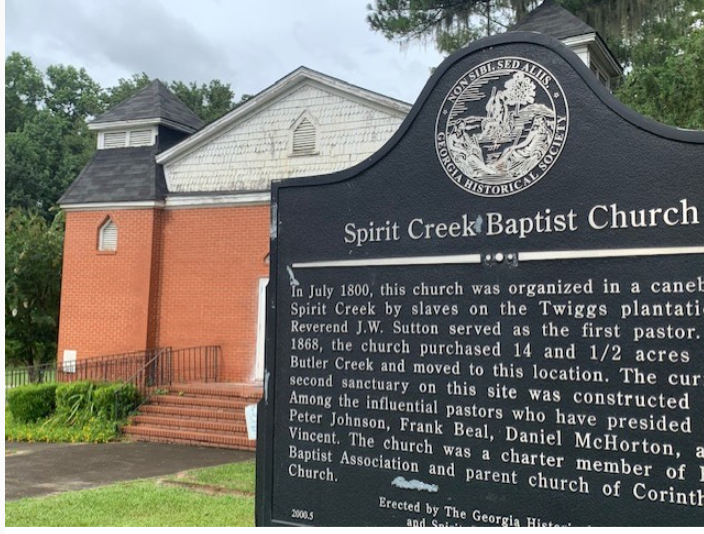Several delegations are scheduled to appear before the Augusta Commission at the Aug. 1 meeting to protest a planned biomass facility to be located at 1680 Dixon Airline Road.
The facility, planned by Renovatio Solution LLC, would be placed just steps away from the historic Spirit Creek Baptist Church, which was founded in 1800 by slaves of the Twigg plantation and is one of the oldest congregations in Georgia, according to the Georgia Historical Society.
The church is represented by local attorney Jack Long Sr.
According to the U.S. Energy Information Administration, biomass facilities burn wood, paper and lawn waste to create biofuels and convert discarded animal processing material, manure and even human feces to create biogas (renewable natural gas).
Biomass has been touted as “clean” energy; however, a study by the Partnership for Policy Integrity presents information showing the process is anything but clean.

According to the study, “In practice, biomass energy is far from renewable or carbon neutral. In practice, it looks a lot more like coal and oil. Biomass is the biggest polluter of all.”
Savannah Riverkeeper Director Tonya Bonitatibus says she fears a similar situation will happen here that happened in Madison, Ga., where a biomass facility was built without the surrounding community being notified.
“They were burning old railway ties that were coated in creosote and the smell was horrific. People were getting sick,” Bonitatibus said.
According to the Agency for Toxic Substances and Disease Registry, long term exposure to creosote or inhaling fumes from burning creosote can cause many forms of cancer.
In 2020, Gov. Brian Kemp signed into law a ban on the industrial burning of creosote; however, the Partnership for Public Integrity states that biomass production still releases dangerous chemicals into the air and soil that eventually make their way into the groundwater.
Bonitatibus is advocating that the Augusta Commission adopt an “environmental justice ordinance” that would require companies and the local government to inform surrounding communities and gain citizen input before allowing such a facility to be built.
Environmental justice ordinances trace their origin back to the Civil Rights Movement of the 1960s, when, according to the Natural Resources Defense Council, polluting factories were intentionally placed near primarily Black neighborhoods.
This scenario happened decades ago in the Hyde Park neighborhood in South Augusta and a multi-million-dollar cleanup failed to remove decades of contamination. Eventually residents had to be relocated at taxpayer expense.
However, Bonitatibus says that the environmental justice ordinance she is promoting has nothing to do with race.
“No one of any color or race wants to live near one of those things,” Bonitatibus said.
The Engineering Committee postponed a discussion on issuing “consistency letter” to Renovatio Solution LLC at the July 11 meeting and it is supposed to be placed back on the agenda for the Aug. 8 meeting.
Scott Hudson is the Senior Investigative Reporter and Editorial Page Editor for The Augusta Press. Reach him at scott@theaugustapress.com










